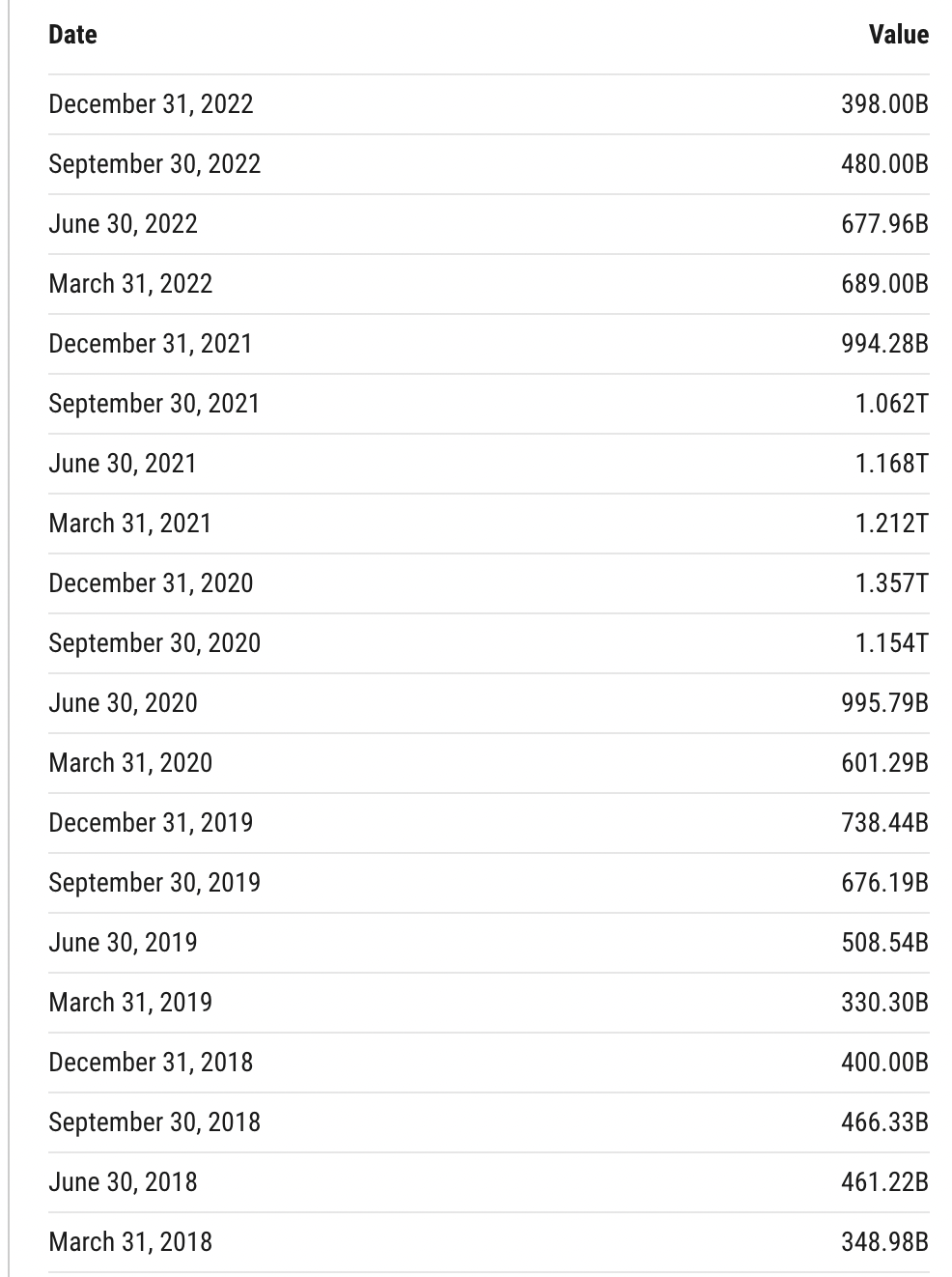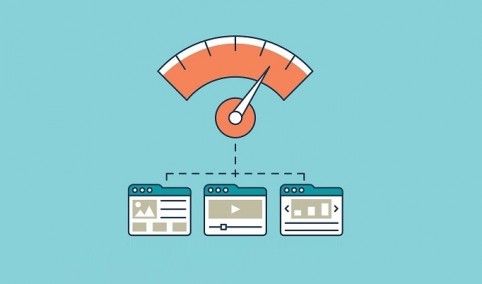“You cannot operate like this is a normal market.”
During a coaching session last week, I discussed how nobody talks about one of the main reasons why 2023 will be a rough market. It has nothing to do with rates, inventory, or affordability, at least not in this context.
Don’t get me wrong, all three of those play an important role, but they have been amplified by what I call “The Consumer Deficit. “
In 2020 & 2021, housing prices, demand, and low rates created a boom in total origination volume that dwarfed 2018 and 2019, respectively. This shouldn’t be breaking news to anyone. However, most of the industry seems to operate as if those two unicorn production years are not directly affecting this year’s production. What most are missing—is the importance of cycles.
In a normal origination cycle, we can only do so many transactions and help so many consumers in a given year. With rates staying relatively consistent along with the normal appreciation of housing, those that cannot be served in one year organically transition to the next and quarter by quarter (I call this transition volume).
Transition volume consists of consumers who are “in the money” and remain qualified, providing no big changes from outside sources. However, 2020 and 2021 blew the doors off what was normal in almost every aspect, including overall volume, which is the key here. Volume.
The normal pattern of transition volume (qtr to qtr, year to year) was not there (Read the chart below) as so many people were buying, selling, and refinancing to take advantage of the market. This “new normal” of 2020/2021 origination was the start of The Consumer Deficit and then solidified with lower supply, higher rates, and appreciation to lower affordability.

Higher mortgage rates, cost of housing, inflation, pandemic, migration patterns, economy, debt, creditworthiness, income, consumer confidence, the media narrative.. All factors could, by themselves, cause a downturn, but all of them are essentially hitting at the same time. Not to mention the recent bank failures and market turmoil of the past few weeks.
My friends, this is a different market than most have ever seen before. Some housing veterans I talked to last week say these conditions are worse than they experienced in 2009-2011 because of the rising cost of manufacturing a loan and the fact that consumers today are different. And I am just scratching the surface here.
If, after reading this far, your expectations haven’t been reset just a little, they will definitely be after what I am about to lay down next.
When you look at the high-level data on the age of consumers who buy a house in a given year, you get a total population of 83 million. Seems like a lot, right? Well, not so much.
Of that 83 million, only 8% have $10k – $25k available for a down payment (not counting gift money).
That gives us a pool of 6.6 million that goes into the 3.5% down payment range.
Now, let’s talk about credit. 30% of consumers have fair-poor credit. This gives us about 4.6 million consumers with a good amount for a down payment and good to great credit.
I could keep going as I haven’t even gotten into median income, affordability, and the simple fact that the 4.6 million consumers include those who already own a home. Also, do you know how many total transactions happen in a given year? And do you know how many of those come from internet lead sources without a direct referral? No matter how you slice it, that 4.6 million number quickly becomes a fraction of itself.
If you haven’t caught on yet, the facts are that you cannot operate like this is a normal market, and if you are in the lead generation channel this year, you better set your expectations accordingly. If you are trying to compare to years past, as you talk about lead quality, you are attempting to sell yourself on a story that is 100% fiction.
All hope is not lost, my friends. At rebel iQ saw this coming last year, so we decided to evolve our entire organization to meet client’s needs so they can succeed in this new market.
Later this week, I will post another article about the steps you can take to put yourself in the best position for mortgage lead generation success in this highly competitive and challenging market.
Make sure to connect with us on Instagram, LinkedIn, and Facebook so you don’t miss more content that will help you make 2023 a successful year.









